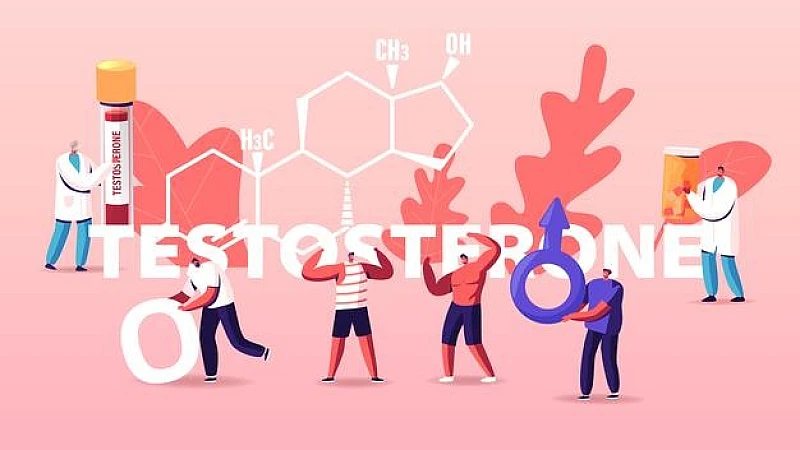
Homeopathy Medicine to increase Testosterone
Testosterone is a
hormone that can be found in humans and in many other animals. The testicles
produce testosterone primarily in males. The ovaries of women also produce
testosterone, although in fewer quantities.
Testosterone production
starts to rise significantly in puberty. It begins to decline after about age
30.
Testosterone is often
linked with sexual desire and plays an important role in the production of
sperm. It also influences the muscle and bone mass as well as the way men store
fat within their body, and the production of red blood cells. The testosterone
levels of men can affect their mood as well.
The testosterone levels
that are low, often called low T levels can trigger a variety of symptoms in
men such as:
● less the sex drive
● less energy
● weight gain
● Depression-related
feelings
● moodiness
● low self-esteem
● less body hair
●
Bones that are thinner
Although testosterone
production naturally tapers down as men get older, other causes could cause
levels of testosterone to fall. Injuries to the testicles or cancer treatments
like radiation or chemotherapy may negatively impact testosterone production.
Stress and health
issues that cause chronic stress can reduce testosterone production. The most
common causes are:
● AIDS
● kidney disease
● Alcoholism
●
Cirrhosis of the liver
HOMOEOPATHIC TREATMENT
Agnus Castus
A useful medicine to treat low levels of testosterone in cases where the genitals are tense and flaccid. There is a lack of an erection. Useful for diminishing sexual desire.
Very effective medicine for those with low testosterone levels when erections are lacking or weak. There is also sadness and depression in the brain. It is useful when there is a sexual urge but there is no power.
This is helpful for people with low testosterone levels or the loss of sexual drive by atrophy of the tests.
Utilized for low
testosterone, but with the complete absence of sexual desire. Ideal for
menstrual genitals with a relaxed state. There is involuntary emission in the
bowel and during urination.
